Astronauts Encounter Dangerous Blob During Space Walk

It’s always interesting to read stories of strange things told by astronauts during their spacewalks, which is a term used to describe any activity where an astronaut goes outside the confines of their spacecraft into space. In most recent news, Space.com reports that astronauts have encountered a dangerous blob of toxic gas during their spacewalk on the ISS exterior.
The Astronauts Came Across A Blob Of Ammonia
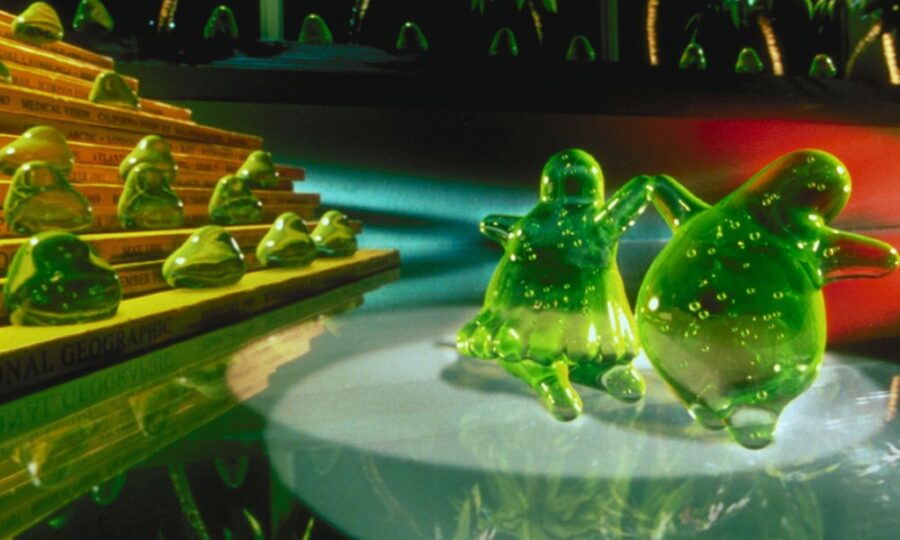
Now, it is easy to imagine a sci-fi movie scenario in which astronauts encounter a sentient green goo like the one from 1997’s movie Flubber, which subsequently attacks them, hijacks their nervous systems, and crashes the ISS into the Earth as a means of beginning a new invasion. However, that’s not the case here. What the astronauts encountered was a blob of ammonia—a rather toxic gas/liquid that’s corrosive to tissues upon contact—resulting from an external radiator leak that was detected earlier this month.
The Blob Could Be Dangerous If It Leaks Inside The Space Station
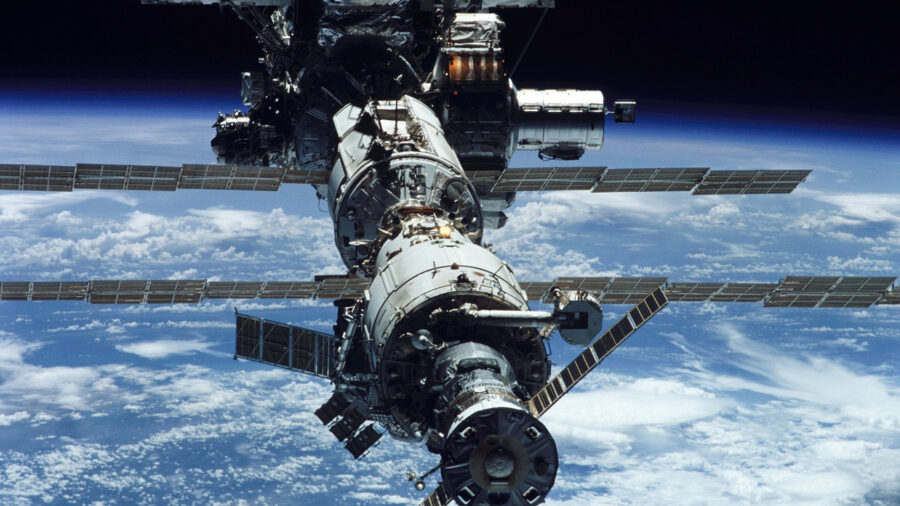
Now, don’t get us wrong, ammonia is a dangerous substance, and concentrated ammonia is used in manufacturing, refrigeration, and even heating. However, exposure to ammonia in sufficient quantities can cause immediate burning of the eyes, nose, throat, and respiratory tract.
Additionally, massive exposure can result in blindness, lung damage, and even death. That typically isn’t a problem for astronauts on spacewalks, as they’re protected by the suits they’re wearing. However, it’s dangerous to those inside the space station.
The Astronauts Were Attempting To Document A Coolant Leak
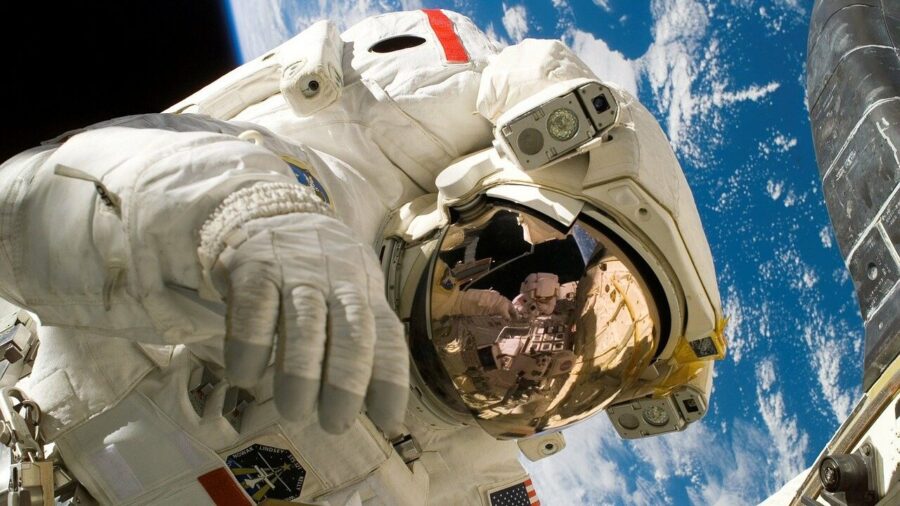
For more context on the whole thing, astronauts Oleg Kononenko and Nikolai Chub conducted a spacewalk outside the ISS on Wednesday to get an up-close view of the coolant leak that was first observed flowing from an external radiator on the ISS.
Their task was to isolate and photo-document the leak on the backup to a main body radiator that regulates the temperature inside Russia’s Nauka (meaning Science) multipurpose laboratory module. Yes, the ISS is actually comprised of several modules made by different countries participating in the program.
Closing Valves Is Believed To Be What Caused The Blob
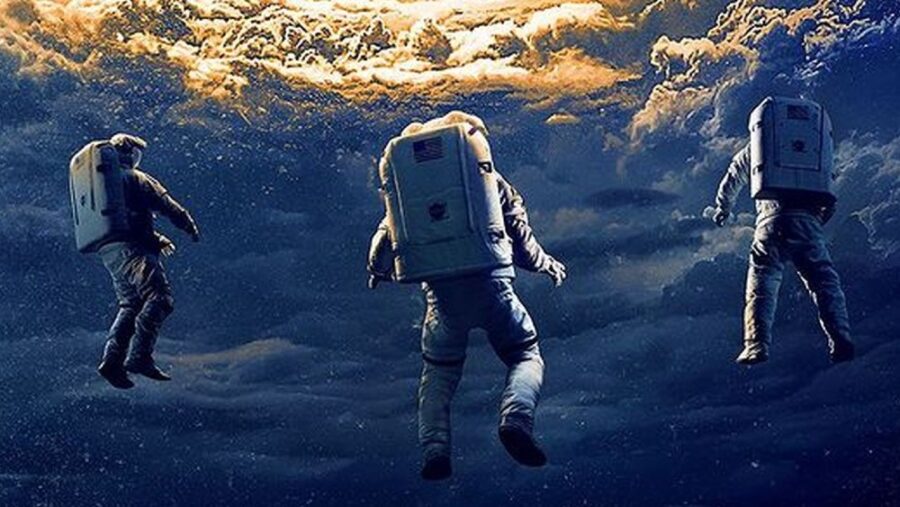
During their spacewalk, the astronauts reconfigured a number of valves to cut off the external radiator from its ammonia supply and thus stop the leak. After the valve re-config was done, Kononenko reported seeing a number of small holes on the surface of the radiator’s panels, after which he noticed the ammonia blob. It’s now believed that the blob formed from the residual ammonia that was disturbed when the valves were closed off and reconfigured.
No One Was Harmed And The Astronauts Reentered The ISS Uncontaminated
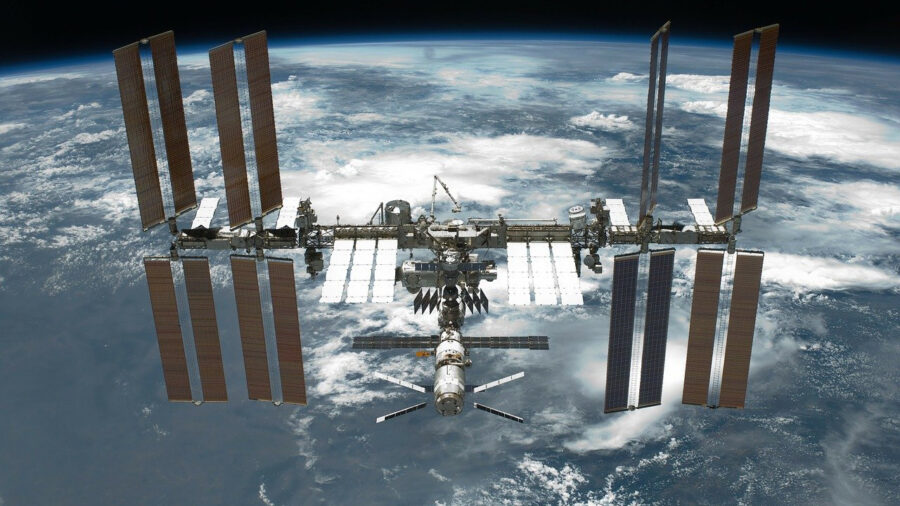
Considering the ammonia’s toxicity to humans, the fact that the blob was formed after the valves were shut, and the fact that they knew they might come into contact with the coolant, the astronauts were equipped with adequate cleaning equipment that allowed them to clean their spacesuits and tools, to avoid bringing any toxic material inside the space station.
Despite exercising caution, Kononenko did approach the blob too close, and one of his tethers became contaminated, necessitating it being bagged and left outside of the space station once the spacewalk ended.
The data astronauts have collected on the leaking radiators will be examined by Russian engineers on the ground to determine the cause of the leak further and which steps can be taken to fix the radiator and enable its use in the future.












